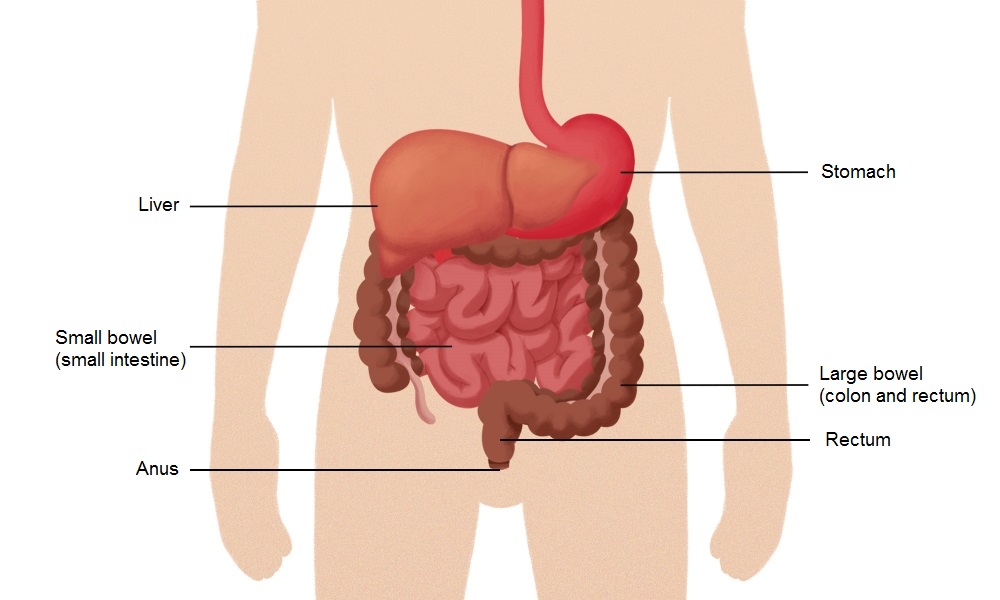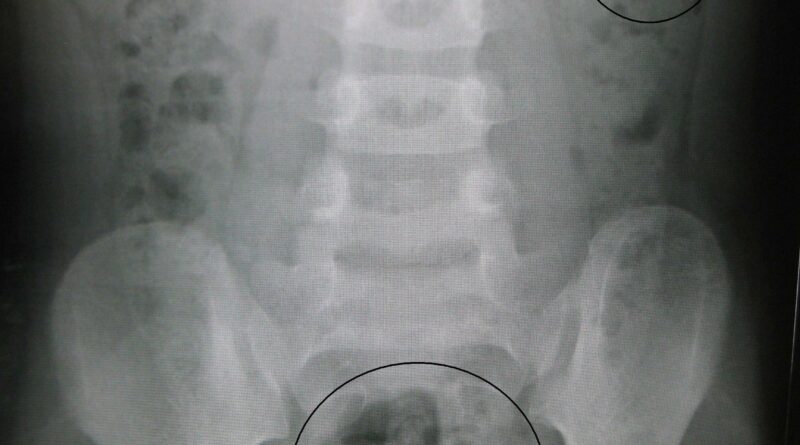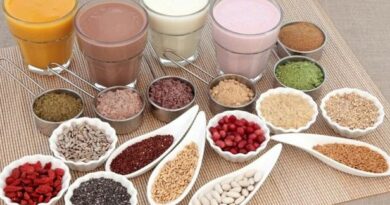Where is Constipation Pain Felt
There are a few different ways that people can experience constipation pain. For some, the pain is felt in the lower abdomen, below the belly button. Others may feel it in the rectum or anus.
It is also possible to feel constipation pain in the lower back or pelvic area. The pain may be sharp and stabbing, or it could be a dull ache. It is important to remember that everyone experiences pain differently, so what one person feels as mild discomfort may be extremely painful for another person.
If you are experiencing constipation pain, it is important to talk to your doctor so they can determine the cause and help you find relief.
So where is Constipation Pain Felt & What does constipation feel like
Constipation pain is most often felt in the lower abdomen, specifically in the area between the belly button and the hip bones. The pain may be dull and achy, or it may be sharp and crampy. It may come and go, or it may be constant.
There are many things that can cause constipation pain. Often, it is simply due to constipation itself – when stool becomes hard and dry, it can be difficult to pass, causing pain. Other times, constipation pain may be caused by an underlying medical condition such as irritable bowel syndrome (IBS), colitis, or Crohn’s disease.
In rare cases, constipation pain can be a sign of something more serious such as a blockage in the intestines.
If you are experiencing constipation pain, there are some things you can do at home to help ease the discomfort. First, try to increase your fiber intake by eating more fruits, vegetables, and whole grains.
You should also drink plenty of fluids – aim for eight glasses of water per day. If these home remedies don’t work after a few days, or if your pain is severe, please see your doctor so they can determine the cause of your pain and recommend appropriate treatment options.
Where is Constipation Pain Felt in Back
Constipation is a very common digestive issue that can cause pain in the back. The pain is caused by the buildup of stool in the intestines which puts pressure on the surrounding muscles and nerves. The pain can be felt in the lower back, upper back, or even in the rectum.
If you are experiencing constipation pain in your back, there are a few things you can do to ease the discomfort.
First, make sure you are drinking plenty of water. This will help to soften the stool and make it easier to pass.
You may also want to try some over-the-counter laxatives or stool softeners if your constipation is severe. Eating high-fiber foods can also help as they will add bulk to your stool and make it easier to pass. If you have tried these home remedies and are still experiencing pain, it’s important to see your doctor as there could be an underlying medical condition causing your constipation.
How to Relieve Stomach Pain from Constipation
If you’re struggling with stomach pain from constipation, there are a few things you can do to get relief. First, try drinking plenty of fluids like water and juice to help soften your stool. You can also try eating high-fiber foods like fruits, vegetables, and whole grains.
And lastly, if you haven’t been doing so already, make sure to get regular exercise. Walking is a great way to get things moving in your digestive system.
Constipation Pain Right Side
Constipation is one of the most common gastrointestinal problems, and it can be extremely uncomfortable. When you’re constipated, it means that you’re having difficulty passing stool or that your stool is hard and dry. This can lead to pain in the abdomen, bloating, and general discomfort.
There are a number of different things that can cause constipation, including a lack of fiber in your diet, not drinking enough water, or certain medications. If you’re dealing with constipation pain on the right side specifically, it could be due to the position of your colon. The ascending colon (the first part of the large intestine) is on the right side of your body, and if this area is particularly backed up, it can cause pain on that side.
There are a few different ways to treat constipation pain at home. First, make sure that you’re drinking plenty of fluids – water is best! – and eating foods high in fiber.
You can also try taking an over-the-counter laxative or stool softener to help make things move along more easily. If home remedies aren’t helping or if you’re experiencing severe pain, it’s important to see a doctor so they can rule out any other potential causes for your pain.
Where is Constipation Pain Felt Left Side
If you’re experiencing constipation pain, it’s likely that the pain is being caused by blockage in your intestines. This blockage can cause a build-up of pressure in your abdomen, leading to pain on either the left or right side. In some cases, the pain may also radiate to your back.
There are a few things you can do to ease constipation pain. First, try drinking plenty of fluids and eating high-fiber foods to help soften your stool. You can also take over-the-counter medications like laxatives or stool softeners to help make bowel movements easier.
If home remedies don’t seem to be helping, contact your doctor for further treatment options.
Feeling Constipated, But Still Pooping
If you’re feeling constipated, but still manage to poop, it’s probably because you’re not eating enough fiber. Fiber is an essential nutrient that helps to keep things moving through your digestive system. Without enough fiber, things can get backed up and constipation can set in.
The best way to get more fiber into your diet is by eating more fruits, vegetables, and whole grains. These foods are packed with fiber and will help to keep you regular.
Constipation Pain in Back
Back pain and constipation are often related. When you are constipated, your stomach may be distended and put pressure on your back muscles. This can lead to pain in your lower back or upper back.
If you have chronic constipation, you may also experience pain in your rectum or anus from straining during bowel movements.
There are several things you can do to relieve constipation-related back pain. First, try to increase your fiber intake by eating more fruits, vegetables, and whole grains.
You can also take a stool softener or laxative to help make bowel movements easier. Finally, make sure you are drinking enough fluids so that your stool is soft and easy to pass.
How Long Does Constipation Last
Constipation is a very common gastrointestinal problem, affecting an estimated 16 percent of Americans. It is characterized by having hard, dry stools that are difficult to pass. For some people, constipation may only last a few days, while for others it can be a chronic condition lasting weeks or even months.
There are many potential causes of constipation, including certain medications, changes in diet or activity level, and underlying health conditions. Some people may also experience occasional bouts of constipation due to stress or other psychological factors.
If you are experiencing constipation, there are several things you can do at home to try and relieve the symptoms.
This includes increasing your fluid intake, eating more fiber-rich foods, and exercising regularly. There are also over-the-counter laxatives and stool softeners that can help with bowel movements. If home remedies don’t work after a couple of weeks, it’s important to see your doctor to rule out any underlying medical conditions.
Where is Constipation Pain Felt During Pregnancy
Constipation is a common problem during pregnancy that can cause pain in the lower abdomen. The pain is usually felt in the left side of the abdomen, but can also be felt in the right side or in the middle. It is often worse after eating or drinking and can last for several hours.
Constipation can also cause bloating, gas, and nausea. If you are pregnant and have constipation, there are several things you can do to ease the pain:
1) Eat a high-fiber diet including fruits, vegetables, whole grains, and beans.
2) Drink plenty of fluids including water, juice, and milk.
3) Exercise regularly. Walking is a great exercise for pregnant women.
4) Try over-the-counter stool softeners or laxatives if necessary. However, use these medications only as directed by your healthcare provider.

Credit: www.southerncross.co.nz
Where is Constipation Pain Felt
There is no one answer to this question as everyone experiences pain differently. However, constipation pain is typically felt in the lower abdomen, rectum, and/or anus. This pain can be sharp or cramping in nature and can range from mild to severe.
If you are experiencing constipation pain, it is important to consult with a medical professional to determine the best course of treatment.
What Causes Constipation Pain
Chronic constipation is a condition that affects millions of Americans. It is characterized by hard, dry stools that are difficult to pass and may be accompanied by abdominal pain, bloating, and gas. The exact cause of chronic constipation is not known, but it is believed to be due to a combination of factors.
These include a diet low in fiber, lack of exercise, certain medications, and medical conditions such as IBS or Parkinson’s disease.
Constipation pain can vary from mild discomfort to severe cramping. The pain is caused by the buildup of stool in the rectum and anus.
When this happens, the muscles in the area contract and put pressure on the nerves, causing pain. If constipation is left untreated, it can lead to more serious problems such as anal fissures or hemorrhoids.
The best way to prevent constipation pain is to keep your bowel movements regular.
This can be done by eating a high-fiber diet, drinking plenty of fluids (especially water), and getting regular exercise. If you are already experiencing constipation pain, there are over-the-counter treatments available that can help relieve your symptoms.
How Can Constipation Pain Be Relieved
There are a few things that can be done in order to help relieve constipation pain. First, it is important to make sure that you are drinking enough water throughout the day. This will help to keep your stool soft and easy to pass.
Secondly, you can try eating foods that are high in fiber in order to help add bulk to your stool and make it easier to pass. Some examples of high-fiber foods include: fruits, vegetables, whole grains, and beans. Finally, if you find that these home remedies are not working for you, then you may want to consider talking to your doctor about taking a laxative or stool softener.
Conclusion
Constipation is often accompanied by pain, which can be felt in different parts of the body depending on the individual. For some people, constipation pain is felt in the lower abdomen or pelvic region. Others may feel pain in the rectum or anus, while others may experience pain in the lower back or sides.
The intensity of constipation pain can vary from person to person, and may be dependent on the underlying cause of the constipation.



